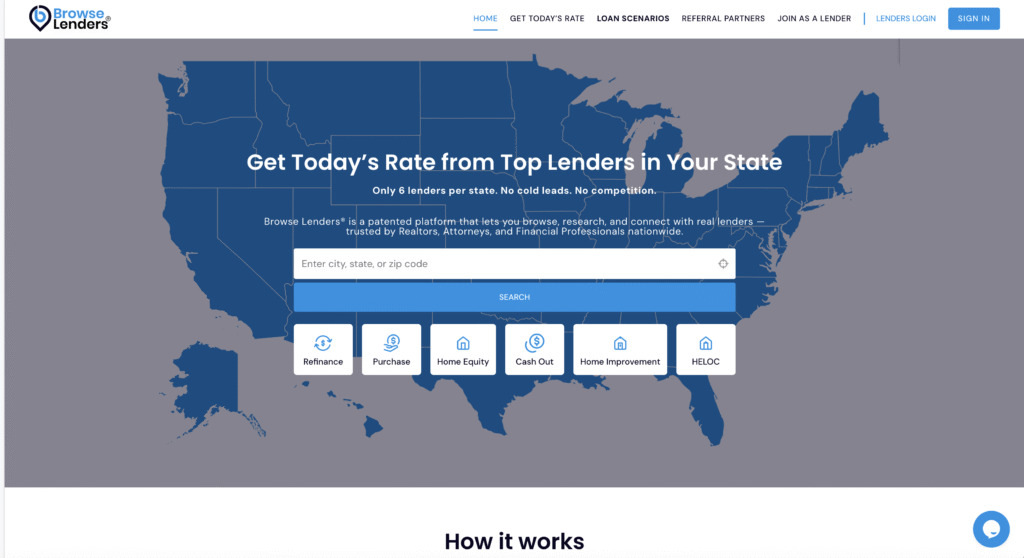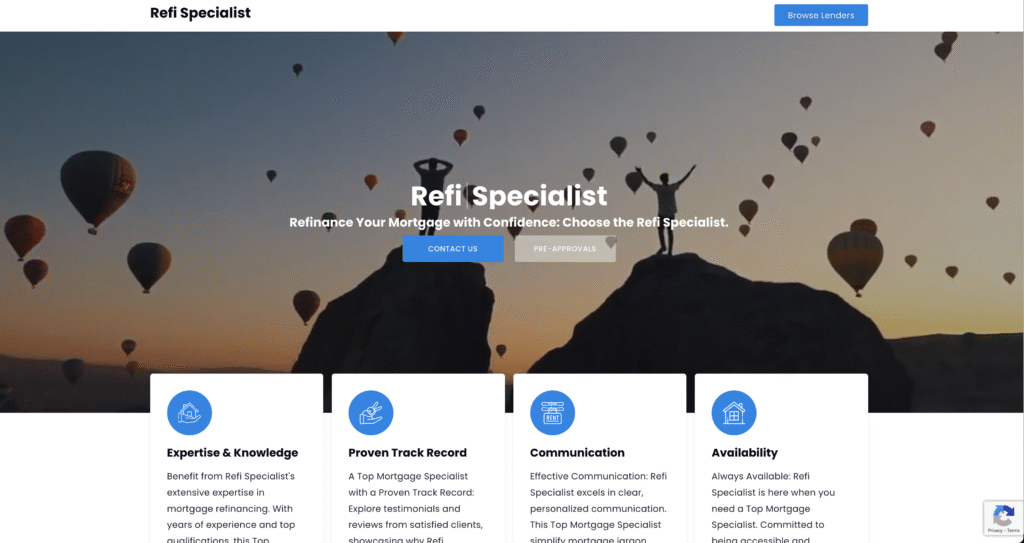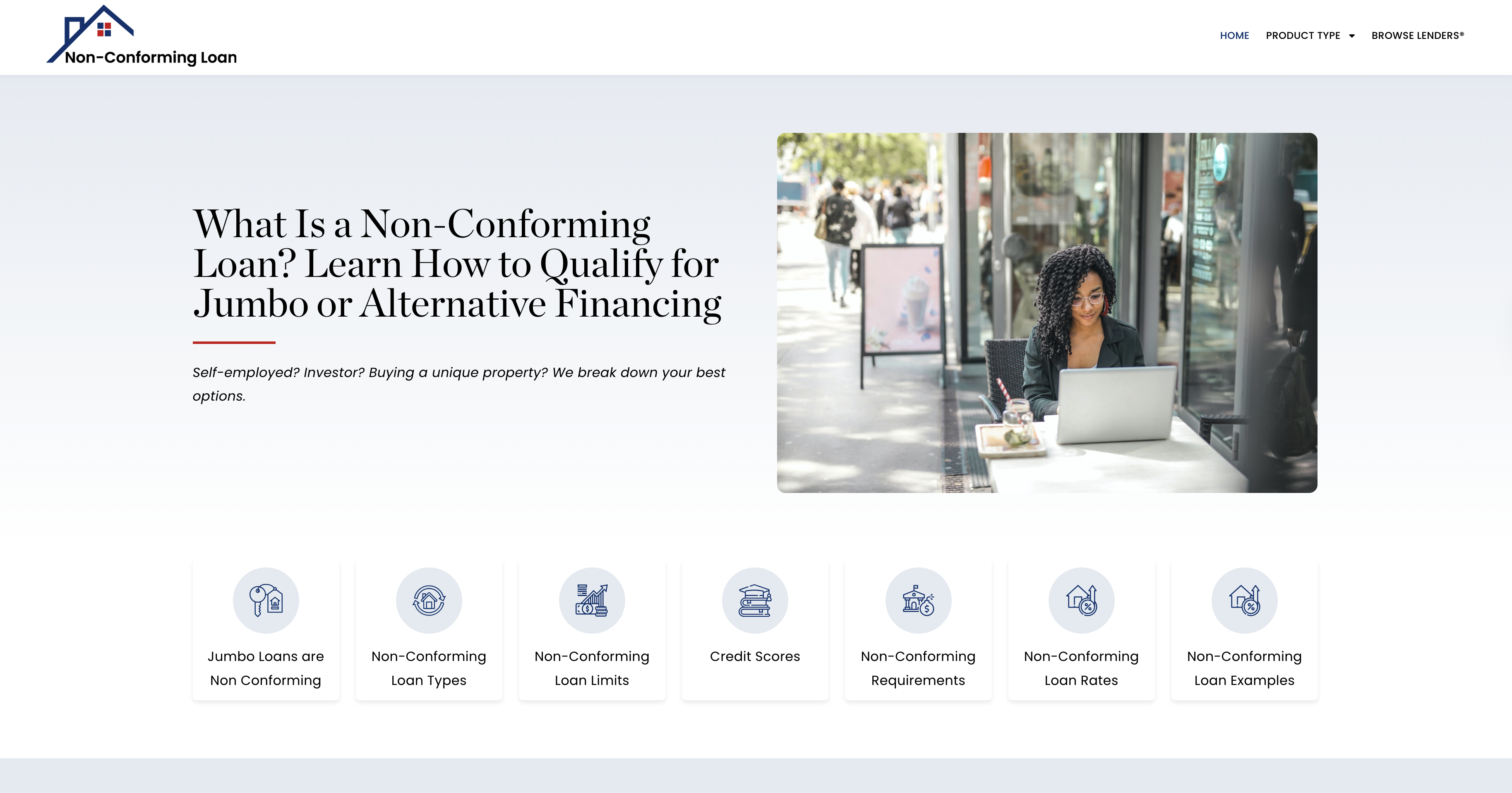WHY PAYDOWN STRATEGY IS READ AS A CONTROL SIGNAL, NOT A FINANCIAL EVENT
Most borrowers believe paying off debt is a purely mathematical improvement — “I lowered the balance, so my profile got better.” But institutions do not read debt payoff as math; they read it as behavioral forecasting. The question underwriting is asking is never “How much debt was reduced?” — the question is:
“Does this payoff demonstrate financial control?”
Two people can pay off the same $1,000 and send two very different signals:
- One signals stability and command
- The other signals pressure and liquidation
The payoff itself is not the message — the manner and sequencing of payoff is the message.
This is why the Payoff Planner exists: to help you avoid payoff patterns that look like strain and replace them with payoff patterns that signal mastery.
WHY PAYING THE “BIGGEST” BALANCE FIRST IS OFTEN THE WRONG MOVE
Financial blogs and budgeting advice teach “snowball” or “avalanche” payoff methods — lowest balance first or highest interest first. But those are consumer-facing strategies, not institutional strategies. They optimize debt reduction but they do not optimize credibility signaling.
The system is not asking:
“Did this person pay less interest?”
The system is asking:
“Is this person sequencing repayment decisions the way a stable borrower would?”
When you attack a large balance first, you may technically be making solid financial progress — but the signal underwriting sees is:
“They are under pressure and liquidating aggressively.”
That is not a stability indicator — it is a distress signal, even if you’re proud of the payoff.
This is why high-income earners with “aggressive payoff discipline” still get treated as unstable profiles: they are unknowingly signaling financial strain instead of strategic positioning.
WHY SEQUENCING MATTERS MORE THAN SPEED
Speed communicates urgency.
Sequence communicates control.
Underwriting doesn’t just look at what you paid — it looks at what you chose to pay first because that tells them how you prioritize financial risk in real time.
This becomes a psychological profile wrapped in numbers.
| Borrower Action | Institutional Interpretation |
|---|---|
| Pays large loan first | “They are racing against a burden.” |
| Pays newest account first | “They are uncomfortable with recent obligations.” |
| Pays smallest stable account first | “They are cleaning systemic weak points with discipline.” |
| Pays after raising utilization stability | “This borrower is sequencing intentionally.” |
The Payoff Planner exists to teach this logic before you make the wrong payoff decision — because once sequence is visible on your history, it cannot be undone.
HOW PAYOFF BEHAVIOR DIRECTLY AFFECTs YOUR MIDDLE CREDIT SCORE® INTERPRETATION
Your Middle Credit Score® is not just a score — it is a trust translation. Every payoff is interpreted as either:
✅ Control Behavior
or
🚩 Stress Behavior
The algorithm doesn’t know your intentions — it only knows your sequencing.
When payoffs appear methodical, targeted, and stability-first, they increase your perceived reliability, which leads to better treatment across approvals, underwriting, and pricing.
When payoffs appear reactive, aggressive, or poorly prioritized, they decrease interpretive trust, even if you dramatically lowered your balances.
This is the “invisible scoring layer” that most consumers never learn:
The financial result is not what is scored — the decision-making pattern is.
That is why the Middle Credit Score® ecosystem teaches paydown as positioning, not punishment.
Paydowns demonstrate how you think — not simply what you owe.
BEFORE VS AFTER: WHAT CHANGES WHEN PAYDOWNS BEGIN SIGNALING CONTROL
Once institutions interpret your payoff pattern as strategic instead of reactive, your entire borrowing profile is reclassified. Nothing external in your income changes — only how you are read changes.
| BEFORE Strategic Paydown | AFTER Strategic Paydown |
|---|---|
| Payoffs look like desperation | Payoffs look like disciplined restructuring |
| Underwriting expects volatility | Underwriting expects predictability |
| Debt reduction appears defensive | Debt reduction appears intentional |
| Borrower looks like they’re “catching up” | Borrower looks like they’re managing forward |
| You are priced as a risk offset | You are priced as a low-maintenance borrower |
This is why two borrowers with the same balances and the same paydown speed can receive completely different mortgage, auto, and insurance treatment — not because of debt level, but because of payoff sequencing behavior.
The institution isn’t asking:
“How much did they pay down?”
It’s asking:
“What does the ORDER of repayment reveal about their risk posture?”
Strategic paydown is a translation function, not a math function.
THE SEQUENCE THAT LOWERS RISK INTERPRETATION FASTER THAN BALANCE REDUCTION
You do not get the most readiness benefit by paying off the largest debt — you get it by paying off the most credibility-damaging debt first.
The correct payoff sequence is:
| Payoff Priority | Why It Comes First |
|---|---|
| 1. Small active revolving lines | They create the strongest instability signal |
| 2. Recent negative behavior signals (overlimits, late fees) | They read as current volatility |
| 3. High-utilization cards | Demonstrates restored control over exposure |
| 4. Smaller installment accounts | Shows conclusion of lower-weight obligations |
| 5. Long-term or high-balance loans last | Because keeping them demonstrates endurance |
The logic is simple:
You are not reducing debt — you are reducing perceived volatility.
This is how payoff strategy shifts you from:
“someone who is cleaning up”
to
“someone who is managing intentionally and sustainably.”
Once the volatility signal is gone, the remaining debt is read as compliant, predictable, and structurally managed, which is all institutions need to offer better pricing.
THE MISTAKES THAT SABOTAGE INTERPRETATION (AND WHY MOST BORROWERS NEVER SEE THEM)
Most harm to credit readiness doesn’t come from not paying debt — it comes from paying debt in the wrong order.
Here are the four most damaging payoff mistakes:
| Mistake | Borrower Thinks | Institution Reads |
|---|---|---|
| Paying a large loan first | “I knocked out a major burden.” | “They’re liquidating under stress.” |
| Paying the “loudest” account first (emotion-driven) | “I feel relief” | “They react emotionally, not strategically.” |
| Paying random balances in no order | “Progress is progress” | “They lack systemized discipline.” |
| Paying off a loan before stabilizing utilization | “I’m showing commitment” | “They are mis-prioritizing under pressure.” |
In each case, the borrower thought they were improving readiness — but what they actually improved was exhaustion, not positioning.
Institutions don’t reward exhaustion.
They reward control.
CONVERTING PAYDOWN ACTIVITY INTO LEVERAGE
When the system interprets payoff sequencing as strategic, your profile shifts from “managing debt” to demonstrating judgment. That shift is what creates readiness — not the dollar reduction itself.
The payoff process then becomes:
1️⃣ Signal control before reducing size
2️⃣ Eliminate volatility signals first
3️⃣ Resolve small balances to close instability loops
4️⃣ Maintain legacy / well-aged accounts for history strength
5️⃣ Let remaining balances become proof of endurance
This is why the Payoff Planner is a readiness instrument, not a budgeting tool.
It is designed to create the interpretation that leads to:
✅ better rates
✅ lower insurance
✅ faster approvals
✅ easier underwriting
✅ lower deposits
✅ better offers once you enter Browse Lenders®
You are not trying to owe nothing.
You are trying to be interpreted as low-risk to manage.
When institutions see stability > urgency, they extend favorable terms > defensive pricing.
This is how payoff becomes leverage.






